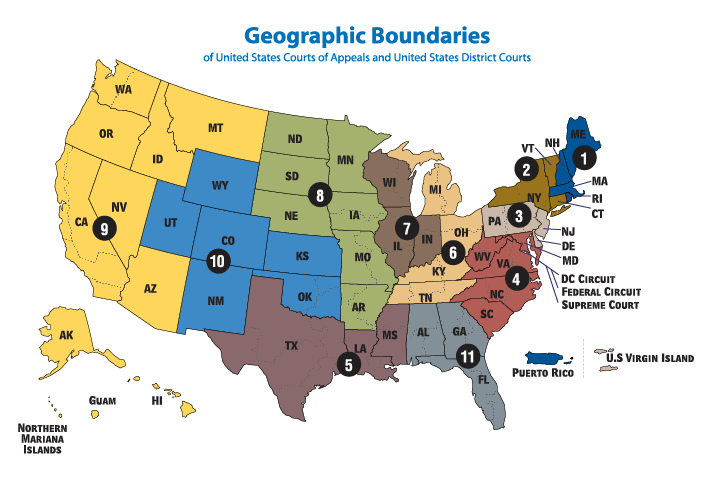What Are the Federal Courts?
The United States federal court system is a hierarchy of courts that interpret and apply federal law. At the top of the system is the United States Supreme Court, which is the highest court in the land and the final authority on matters of federal law.
Below the Supreme Court are the 13 federal courts of appeals, which are divided into 11 geographic regions. These courts are responsible for hearing appeals from the district courts, which are trial courts in the federal system.
District courts are the “workhorses” of the federal court system, as they are where most federal cases are filed and litigated. There are 94 district courts in the U.S., and each one covers a specific geographic area.
The federal court system also includes a number of specialized courts, such as the Court of International Trade and the Court of Federal Claims. These courts have jurisdiction over specific types of cases, such as those involving international trade disputes or claims against the federal government.
What Cases Do Federal Courts of Appeals Have Jurisdiction Over?
Federal courts of appeals have jurisdiction over cases that arise under federal law or the United States Constitution. This includes cases involving federal agencies, federal crimes, and lawsuits between citizens of different states. These courts also have the power to review decisions made by federal trial courts, as well as some decisions made by state courts in limited circumstances.
How Do You Appeal a Case to the United States Court of Appeals?
To appeal a case to the United States Court of Appeals, you must first file a notice of appeal with the lower court that issued the decision you are appealing. This must be done within a certain period of time, which is typically 30 days from the date of the lower court’s decision.
Which Court of Appeals am I Located in?
The 13 courts of appeals are divided geographically, and each state is located within a particular circuit.
For example, if you live in Texas, you are located in the Fifth Circuit, which covers Texas, Louisiana, and Mississippi. If you live in California, you are located in the Ninth Circuit, which covers California, Arizona, Nevada, Oregon, Washington, Idaho, Montana, and Alaska.
It is also worth noting that there are a few federal territories, such as Puerto Rico and the Virgin Islands, that are not located within any of the 13 federal judicial circuits. These territories have their own district courts, but appeals from these courts are heard by the circuit court of appeals that has jurisdiction over the territory.
Are Courts of Appeals Bound by Their Own Prior Decisions?
Yes, federal courts of appeals are generally bound by their own prior decisions. This is known as the principle of stare decisis, which means “to stand by things decided.” Under stare decisis, courts are generally required to follow precedent—or prior decisions—when deciding cases. This helps to ensure consistency and predictability in the law, and also maintains public confidence in the judicial system.
However, there are situations where a court of appeals may deviate from its own prior decisions. For example, if a prior decision is clearly incorrect or is no longer consistent with the law, a court of appeals may choose to overrule that decision. Additionally, if a court of appeals believes that its prior decision was based on a misunderstanding of the law or the facts in a case, it may choose to distinguish the case before it from the prior decision and reach a different result.
It is also worth noting that federal courts of appeals are bound by the decisions of the Supreme Court. If the Supreme Court has issued a decision on a particular legal issue, all lower courts, including the courts of appeals, must follow that decision.
